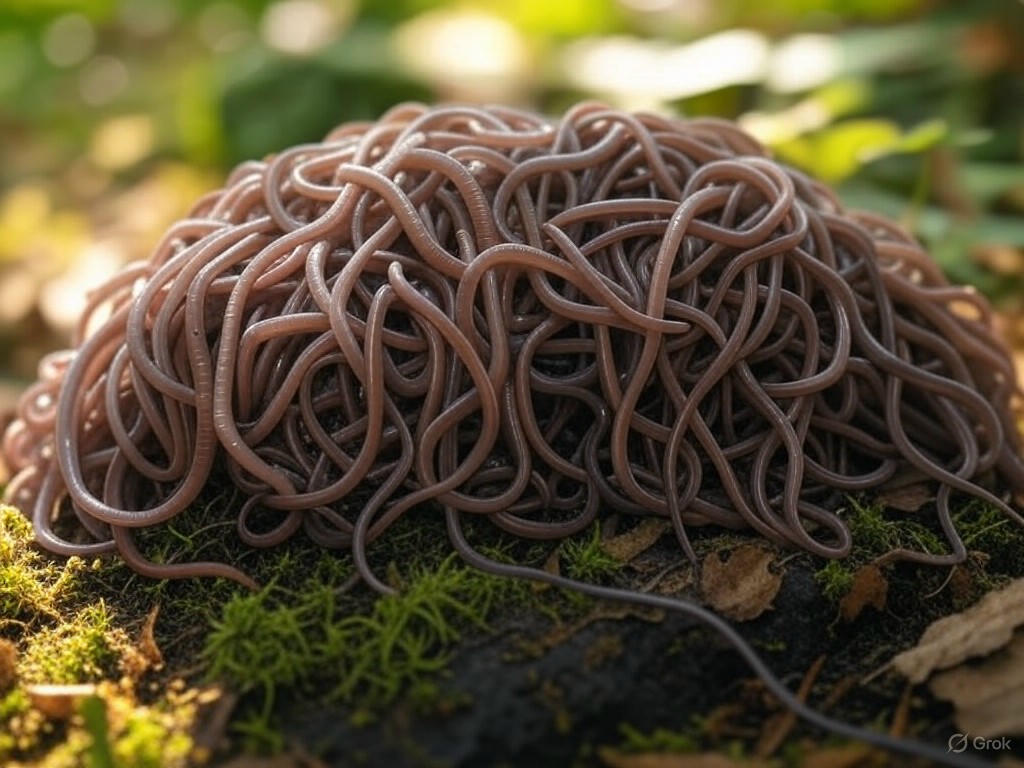Unveiling Nature’s Teamwork: Tiny Worms Form Rare ‘Superorganism’ in the Wild
In a groundbreaking observation, scientists have witnessed a mesmerizing natural phenomenon: tiny worms uniting to form a ‘superorganism’ in their natural habitat for the first time. This extraordinary behavior, previously seen only under controlled lab conditions, has long puzzled researchers. Initially, experts believed these worms clumped together in a desperate, competitive bid to escape overcrowding or environmental stress. However, recent findings paint a different picture, revealing a surprising display of cooperation among these minute creatures. This discovery, reported in early 2025, opens a new chapter in understanding how even the smallest organisms can work together for a common purpose.
The worms, barely visible to the naked eye, were spotted in a remote wetland ecosystem, weaving themselves into a single, cohesive mass that moved as one entity. This living structure, often described as a ‘superorganism,’ mimics the coordinated behavior seen in more complex species like ants or bees. What struck researchers most was the apparent harmony within the group. Far from a chaotic struggle for survival, the worms seemed to synchronize their movements, possibly to protect themselves from predators or to navigate harsh conditions more effectively. This suggests an innate ability to prioritize collective well-being over individual gain, challenging earlier assumptions about their behavior. Biologists involved in the study noted that the worms might be responding to subtle environmental cues, such as temperature shifts or chemical signals, which trigger this rare alliance.
What makes this sighting even more remarkable is its implications for science. Observing such behavior in the wild provides a unique window into the evolutionary roots of cooperation. It raises questions about how social behaviors develop in seemingly simple organisms and whether similar patterns exist across other species. Researchers are now eager to explore if this teamwork is a widespread survival strategy or a unique adaptation specific to these worms. Future studies will likely focus on decoding the mechanisms behind their coordination—whether it’s a genetic trait or a learned response to their surroundings. Additionally, this discovery could inspire innovations in fields like robotics or artificial intelligence, where mimicking natural systems often leads to breakthroughs in design and efficiency.
As we marvel at this tiny spectacle of unity, it serves as a reminder of nature’s endless capacity to surprise us. These worms, insignificant at first glance, have shown that even the smallest players in the ecosystem can achieve extraordinary feats through collaboration. Their story is a testament to the power of working together, a lesson that resonates far beyond the muddy wetlands they call home. With each new observation, science edges closer to unraveling the intricate web of life, proving that every creature, no matter how small, has a role in the grand tapestry of existence. This rare glimpse into the world of these worms is just the beginning, promising more revelations as researchers continue to probe the mysteries of the natural world.


